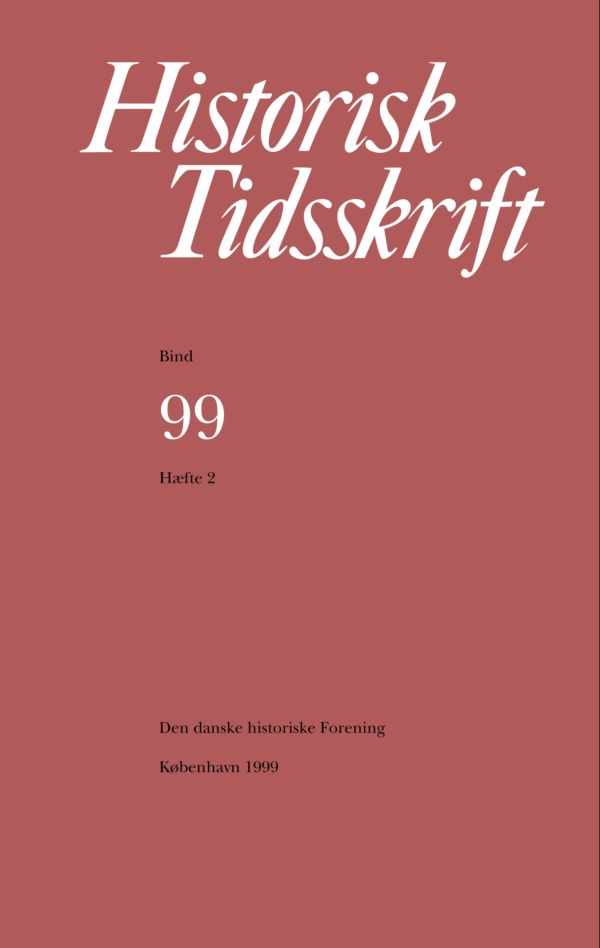Pontanus' og Meursius' Danmarkshistorier. Nogle betragtninger over deres plads i historiografiens historie.
Resumé
The Histories of Denmark by Johannes Pontanus and Johannes Meursius Reflections on their place in the history of historiographyIn the course of the 1630s no less than two Latin histories of Denmark were published, both written by authors who were engaged as historiographers by the Danish king Christian IV, the Rerum Danicarum Historia by Johannes Pontanus (1631) and the Historia Danica by Johannes Meursius (1630-38). The two works are in many respects surprisingly different, not in their overall political message but in their literary and historiographical approach.In Pontanus's history the chronological narrative is followed by a substantial thematical presentation of European regions, e.g. William Camden's Britannia (1586). They were influenced by the antiquarian studies in the Greek-Roman past, which had been given new life by the Renaissance humanists and which had further profited from the increasing availability of printed texts. These thematically organized presentations of single regions are characterized by their wealth of subjects, by large numbers of quotations, and by their many discussions about the truth of the information given in various sources. Interestingly, these features are found not only in the thematical part of Pontanus's work, but also in the chronological narrative. He has dispensed with the classical historiographical ideal of stylistic unity.Meursius, on the contrary, brings no quotations from other texts and rarely discusses the information he gives. His Latin is strictly classicizing. He confines himself to the subjects of kings and politics, focusing on the timeless aspects of history, on individuals and their actions as moral examples. His work is marked by Protestantically coloured judgements combined with general reflections on the nature of power, inspired as it seems by the contemporary interest in Tacitus. Thus both works bear witness to the influence of Renaissance humanism: Pontanus applies an antiquarian approach to his treatment of the Danish past and present, while Meursius adheres to classical stylistic norms. Nevertheless, Meursius's work, though clearly influenced by contemporary trends, marks a lesser break with medieval historiography than that of Pontanus. The wide range of subjects taken up by Pontanus and his thorough discussions of single topics testify to his having access to a large number of texts, classical medieval and modern, made available to the learned world by the printing press in the course of the sixteenth century.Downloads
Publiceret
Citation/Eksport
Nummer
Sektion
Licens
Ophavsret til bidrag i Historisk Tidsskrift tilhører forfatterne og Den danske historiske Forening som udgiver af Historisk Tidsskrift. For illustrationer gælder den ophavsret, som står anført i billedteksten. Ophavsretslovens almindelige bestemmelser gælder, hvilket vil sige, at ophavsretten gælder i 70 år efter forfatterens død. Bidrag i Historisk Tidsskrift må derfor, med forbehold for en ”moving wall” på tre år, frit downloades, læses, gemmes, anvendes og citeres (med kildeangivelse) i privat og videnskabelig sammenhæng, men de må ikke helt eller delvis genudgives af tredjepart, heller ikke i redigeret form, uden tilladelse fra forfatterne og Den danske historiske Forening. Henvendelse skal i så fald rettes til Historisk Tidsskrifts redaktion på histtid@hum.ku.dk.





